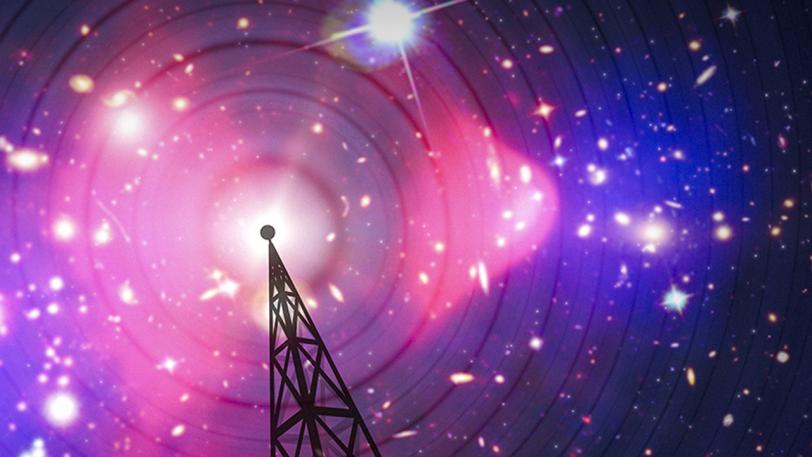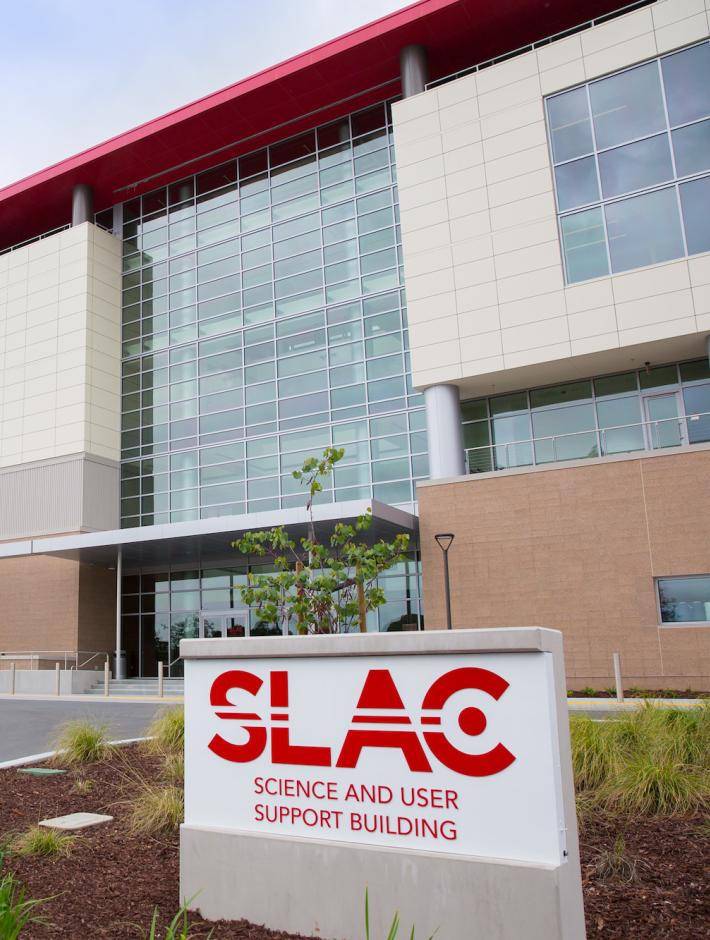Register to watch in person in the Kavli Auditorium, or watch the lecture live on our YouTube page.
We observe that 85% of the matter in the universe is in the form of invisible "dark matter" -- but we still do not know what this dark matter is. My favorite dark matter candidate is an "axion" – a hypothetical particle suggested by the problem of explaining the fundamental symmetries of the nuclear forces. The axion has a very small mass compared to other suggested dark matter particles. In an experiment, it would behave more like a wave than a particle. So, to discover axions, we are using a method completely different from those of other dark matter searches. In the SLAC experiments ADMX and Dark Matter Radio, we are building ultra-low-noise radio receivers, immersed in high magnetic fields, to identify the axion as a new radio band coming in from the cosmos. If we discover the axion, any high school physics class will be able to tune in to the axion airwaves.

